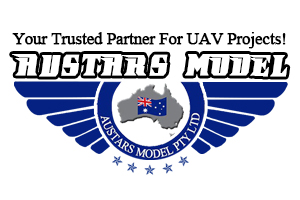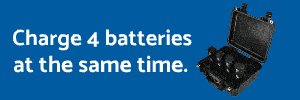The VO must be ale to see the UAS during the entire flight and maintain "effective" communications with PIC, it is up to the PIC to interpret the regulation:
§ 107.31 Visual line of sight aircraft operation.
(a) With vision that is unaided by any device other than
corrective lenses, the remote
pilot in command, the
visual observer (if one is used), and the
person manipulating the flight control of the
small unmanned aircraft system must be able to see the
unmanned aircraft throughout the entire flight in order to:
(1) Know the
unmanned aircraft's location;
(2) Determine the
unmanned aircraft's attitude, altitude, and direction of flight;
(3) Observe the airspace for other
air traffic or hazards; and
(4) Determine that the
unmanned aircraft does not endanger the life or property of another.
(b) Throughout the entire flight of the
small unmanned aircraft, the ability described in
paragraph (a) of this section must be exercised by either:
(1) The remote
pilot in command and the
person manipulating the flight controls of the
small unmanned aircraft system; or
(2) A
visual observer.
§ 107.33 Visual observer.
If a
visual observer is used during the
aircraft operation, all of the following requirements must be met:
(a) The remote
pilot in command, the
person manipulating the flight controls of the
small unmanned aircraft system, and the
visual observer must
maintain effective communication with each other at all times.
(b) The remote
pilot in command must ensure that the
visual observer is able to see the
unmanned aircraft in the manner specified in
§ 107.31.
(c) The remote
pilot in command, the
person manipulating the flight controls of the
small unmanned aircraft system, and the
visual observer must coordinate to do the following:
(1) Scan the airspace where the
small unmanned aircraft is operating for any potential collision hazard; and
(2) Maintain awareness of the position of the
small unmanned aircraft through direct visual observation.






